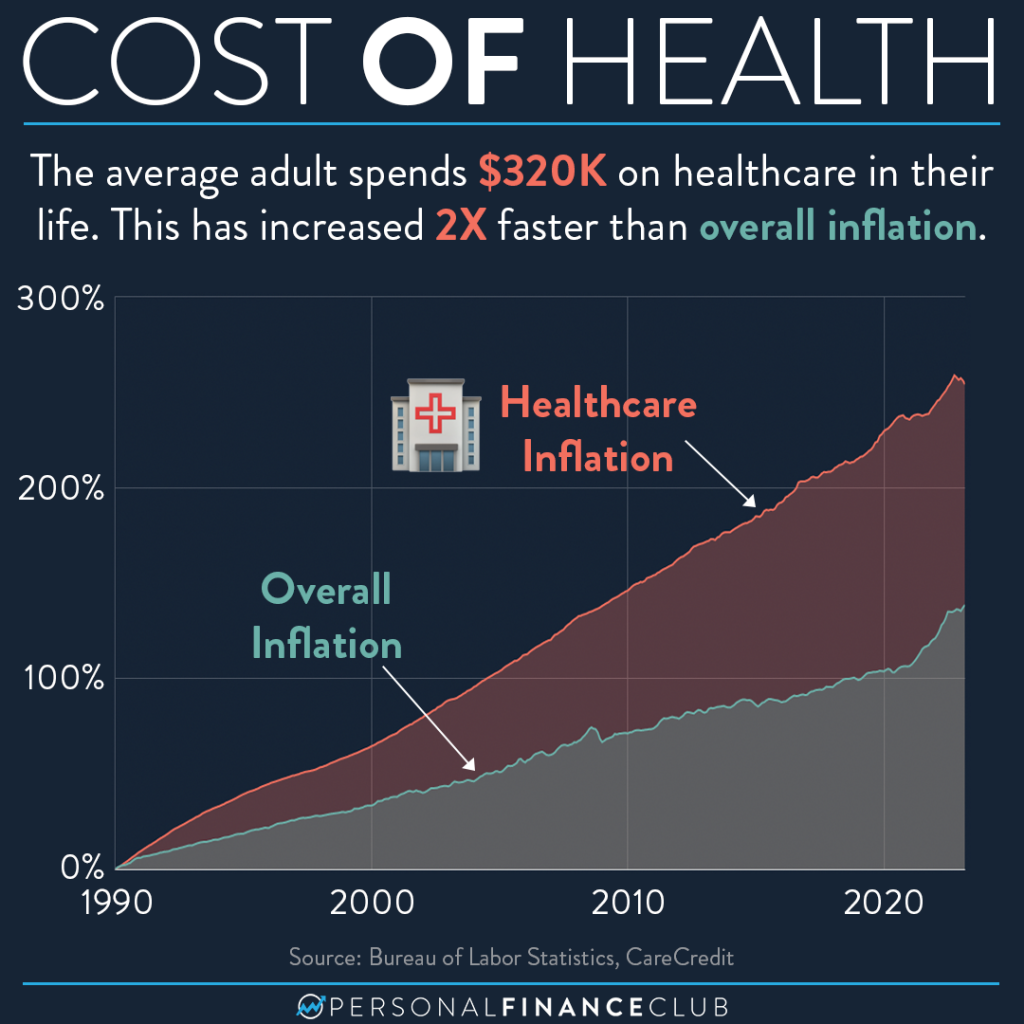Healthcare RCM: Enhance Profits Cycle Monitoring for Better Results
Wiki Article
A Comprehensive Overview on Exactly How Health Care RCM Functions to Improve Payment and Collections
Browsing the intricacies of healthcare revenue cycle administration (RCM) is vital for providers intending to enhance their payment and collections processes. The guide unboxes the intricacies of RCM, from individual registration to accounts receivable management, providing insights into enhancing each action.Recognizing Revenue Cycle Administration
Grasping the details of Income Cycle Administration (RCM) is important for healthcare companies aiming to enhance their monetary efficiency. RCM is an important administrative feature that encompasses the whole financial procedure of individual treatment, from the preliminary appointment readying to the final repayment of the equilibrium. It is a complex treatment designed to identify, collect, and manage the revenue from the solutions given to patients. Effective RCM makes sure that healthcare carriers obtain precise and prompt settlements, minimizing the threat of profits loss and enhancing capital.The RCM procedure begins when a person routines an appointment and prolongs through the client's care journey, including billing and collections. An essential objective is to reduce the time between providing a solution and receiving repayment, hence boosting the company's financial wellness. RCM includes various features such as client enrollment, insurance coverage verification, fee capture, coding, claims submission, payment uploading, and managing denials and appeals.
Secret Elements of RCM
In the realm of Profits Cycle Management (RCM), understanding its essential parts is essential to accomplishing monetary efficiency within medical care organizations. RCM is an extensive procedure that incorporates numerous stages, each vital to ensuring effective billing and collections. The key parts consist of client enrollment, insurance coverage confirmation, fee capture, coding, insurance claim entry, payment uploading, and balance due monitoring.

Once coded, cases are sent to payers, where accuracy is paramount to prevent beings rejected or hold-ups - Healthcare RCM. Settlement posting involves taping the obtained payments, which enables the settlement of accounts. Finally, receivables administration concentrates on tracking and addressing overdue insurance claims, ensuring prompt follow-up and resolution
Each element of RCM is interconnected, and inadequacies in any component can interfere with the whole cycle. Therefore, mastering these components is essential for doctor to optimize income and enhance their economic wellness.
Strategies for Effective Billing

Standardizing payment procedures across the company is another essential strategy. Developing clear guidelines for paperwork, coding, and submission assists maintain uniformity and conformity with regulative needs. Training personnel frequently on these treatments check my reference ensures everybody is up-to-date with the most recent changes in payment codes and payer policies.
Exact charge capture is important in preventing earnings leakage. Carrying out normal audits and monitoring systems permits for the recognition and improvement of inconsistencies prior to they affect revenue. Additionally, keeping open lines of interaction with payers assists to rapidly deal with any conflicts or misunderstandings that might develop.

Lastly, appealing patients early in the invoicing procedure by supplying clear quotes and educational products concerning their monetary responsibilities can significantly lower confusion and improve settlement timeliness. These methods collectively add to a much more efficient and monetarily healthy invoicing system.
Enhancing Collections Processes
Offered the intricacies of clinical payment and the variety of payer requirements, enhancing the collections procedure Full Report involves implementing calculated procedures that guarantee accurate and prompt settlement of services rendered. Automation devices can aid in tracking insurance claim conditions, sending out prompt suggestions to patients, and taking care of rejections more successfully.Clear and clear client communications are critical. Supplying in-depth explanations of charges and providing adaptable repayment plans can raise client satisfaction and punctual payments.
Routine audits of the collections process must be carried out to identify areas for enhancement and ensure compliance with regulations. By assessing data, medical care companies can recognize fads, anticipate potential issues, and adapt approaches appropriately (Healthcare RCM). Eventually, a well-enhanced collections process not just sustains financial health and wellness but additionally contributes to a much more seamless experience for people and staff alike
Optimizing Profits Streams
Structure upon the foundation of a solid collections process, medical care organizations can better boost their financial stability by tactically optimizing profits streams. This includes a multi-faceted technique, starting with a comprehensive evaluation of existing earnings resources to identify ineffectiveness and locations for growth. Employing sophisticated data analytics tools makes it possible for companies to gain insights into payer mix, person demographics, and solution application patterns, permitting data-driven decisions that improve earnings capture.Implementing automated billing systems can considerably reduce mistakes and quicken cases refining, guaranteeing that profits is accumulated a lot more effectively. Moreover, optimizing payer agreements via normal arrangements can boost repayment prices and terms, straight affecting site web the lower line. Branching out solution offerings, such as including telehealth or wellness programs, can also bring in a more comprehensive individual base, therefore raising earnings potential.
An additional critical part is boosting individual interaction and satisfaction, as satisfied people are most likely to comply with therapy strategies and make prompt payments. Offering flexible payment alternatives and transparent billing methods can improve collections and foster individual commitment. Healthcare RCM. By embracing these techniques, health care organizations can develop a more resilient economic structure, ensuring continual growth and stability in an ever-changing sector landscape
Conclusion
In final thought, medical care Profits Cycle Management (RCM) plays a crucial duty in enhancing invoicing and collections procedures by integrating vital components such as individual registration, insurance policy verification, cost capture, coding, claims entry, and receivable administration. By employing innovative technology, standardizing treatments, and promoting individual engagement, doctor can considerably lower claim rejections, increase payment cycles, and enhance capital. This thorough technique to RCM inevitably results in boosted financial performance and sustainability for healthcare organizations.The RCM procedure starts when a patient routines a visit and extends with the person's care journey, including payment and collections.An additional crucial element is improving patient engagement and fulfillment, as completely satisfied people are more likely to adhere to treatment plans and make timely repayments. Offering flexible payment alternatives and clear invoicing methods can boost collections and foster client loyalty.In verdict, healthcare Revenue Cycle Monitoring (RCM) plays a vital function in enhancing invoicing and collections procedures by integrating essential elements such as individual registration, insurance verification, fee capture, coding, asserts entry, and accounts receivable administration. By utilizing advanced technology, systematizing treatments, and promoting person engagement, medical care providers can significantly lower insurance claim rejections, speed up payment cycles, and improve cash circulation.
Report this wiki page